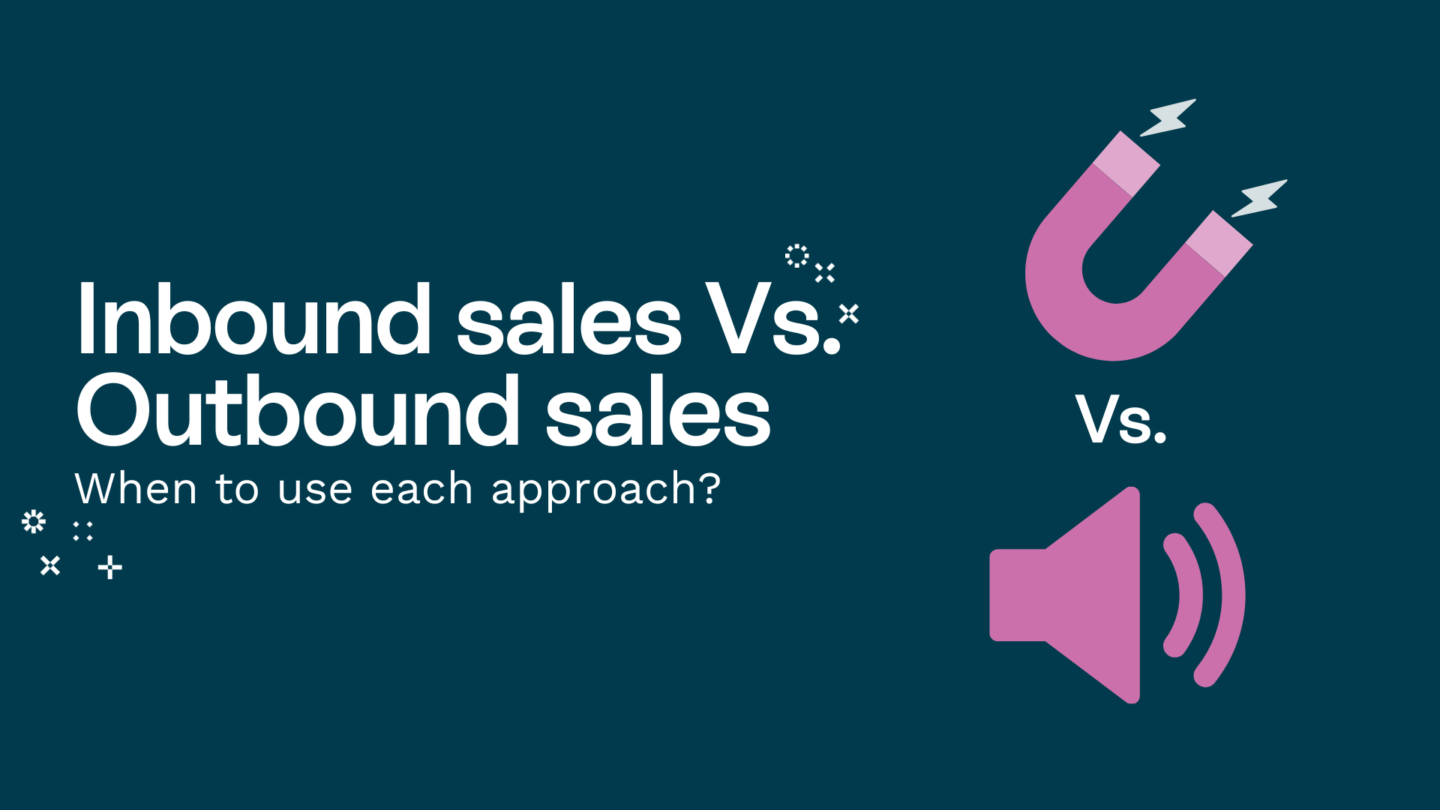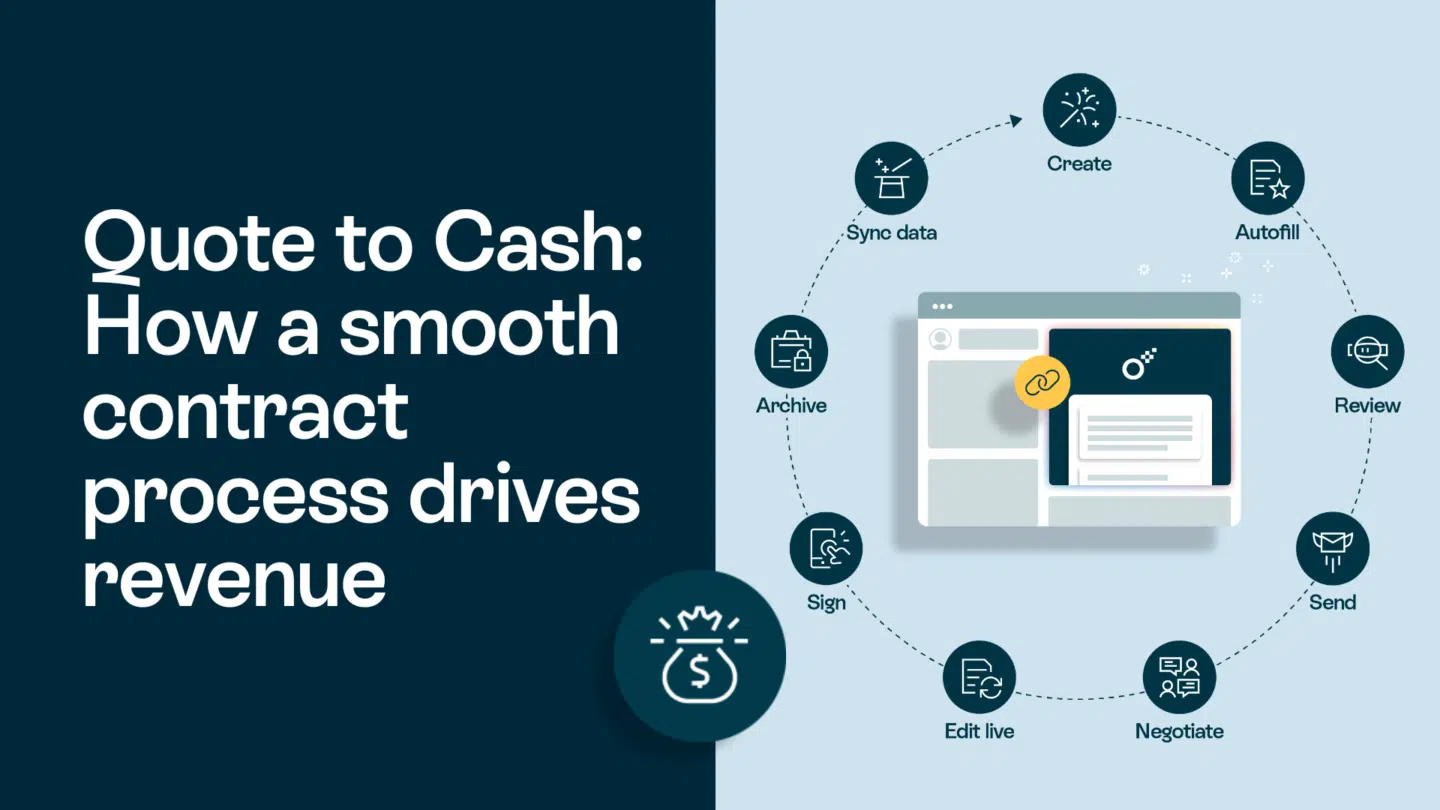Do you need to draft an accounting agreement? Whether you’re an accountant or a business owner, an accounting agreement is a legally binding contract that outlines the terms and conditions of the accounting services to be provided. Follow these steps to write a clear and concise accounting agreement that protects the interests of all parties involved.
An accounting agreement: The fundamentals
Before diving into the details, it is important to know the purpose of the accounting agreement. Essentially, it establishes a formal understanding between the accountant and the client. It defines the scope of services and sets out the terms of payment. It is a crucial document that protects both parties in the event of misunderstandings or disputes.
When it comes to accounting, there are various services that an accountant can provide. These services can include bookkeeping, tax preparation, financial analysis, and more. Therefore, it is important to define the scope of services in the accounting agreement. This ensures that both the accountant and the client are on the same page regarding the services that will be provided.
Defining the scope of services
The scope of services should be the first section in your accounting agreement, as it is the basis for the entire agreement. Define the specific accounting services to be provided. Outline your role as the accountant and clarify the responsibilities of the client. Include any exclusions or limitations in the scope of services, if applicable.
Additionally, it is important to consider any potential future needs the client may have. For example, if the client is a small business owner, they may need additional accounting services as their business grows. In this case, the accounting agreement should include a provision for the accountant to provide additional services as needed.
Establishing the duration of the agreement
Next, specify the duration of the agreement. This could be a fixed term or ongoing until either party terminates the agreement. State how the agreement can be renewed or extended if both parties choose to do so. If the service includes regular bookkeeping, spreadsheet templates for accounting can help track key dates like payment deadlines or renewals, ensuring smooth operations.
It is important to note that the duration of the agreement should align with the scope of services. For example, if the scope of services is limited to tax preparation for a specific year, then the agreement should only be valid for that year. However, if the scope of services is ongoing bookkeeping for a small business, then the agreement should be ongoing as well.
Identifying the parties involved
It is important to clearly identify the parties involved in the agreement. This should include the name and contact information of the accountant and the client. If the accountant is a firm, include the name of the firm and the names of all accountants who will be providing services.
Furthermore, it is important to establish the relationship between the accountant and the client. For example, if the accountant is an independent contractor, then it should be stated in the agreement that they are not an employee of the client. This helps to avoid any confusion regarding the nature of the relationship.
In conclusion, an accounting agreement is a crucial document that protects both the accountant and the client. By defining the scope of services, establishing the duration of the agreement, and identifying the parties involved, both parties can ensure that they are on the same page regarding the accounting services to be provided.
Read also: Is it legal to sign on behalf of someone else?

What are the basics of an accounting agreement?
Now that we have covered the basic components, let’s dive into some of the key elements that should be included in your accounting agreement.
Services to be provided
List all the services you will be providing and the frequency of the service. Remember to be as specific as possible to avoid any misunderstandings or disputes in the future. Example of this can include providing bookkeeping services on a quarterly basis, preparing financial statements monthly, and more.
Payment terms and fees
Clearly outline your fees for the services being provided, how fees will be calculated, and billing dates. Also, ensure that the agreement includes a section that states how to handle late payments or non-payment.
Confidentiality and non-disclosure clauses
The agreement should include clauses that address the confidentiality and non-disclosure of any sensitive information. As an accountant, it is important that you protect the privacy of your client’s financial information.
Termination and dispute resolution
In the event of disputes or dissatisfaction with the services provided, include terms for terminating the agreement and the process for resolving any disputes. This section should also outline how the parties will resolve any conflicts that arise during the term of the agreement.
Read also: What is contract management: a complete guide

Drafting the accounting agreement
Now that we have covered what should be included in your accounting agreement, let’s move on to drafting the agreement itself.
Using clear and concise language
Use clear and concise language to ensure that all parties understand the terms and conditions of the agreement. Avoid using legal jargon as much as possible, but do include any necessary legal provisions to ensure the agreement is legally binding.
Organizing the agreement into sections
Organize your agreement into sections as outlined above. Use headings and subheadings to help guide the readers through the document. Ensure there is a table of contents to help the readers find specific sections quickly.
Including necessary legal provisions
Ensure that the agreement includes all necessary legal provisions to make it binding. Seek legal advice if you are unsure about the legal implications of any section in the agreement.
Read also: Why Oneflow is a contract automation platform for everyone

Reviewing and finalizing the accounting agreement
Before finalizing the agreement, it is essential to review it thoroughly. You should proofread for errors and ensure it complies with any local laws or regulations.
Ensuring compliance with local laws and regulations
Even though the accounting agreement is a simple document, it must adhere to local laws and regulations. Seek legal advice to ensure you are following the appropriate regulations and laws.
Obtaining input from all parties involved
It is important to obtain input from all parties involved in the agreement, including the client and any other accountants that may be working with you. This will ensure that everyone is on the same page and that the agreement represents the interests of all parties involved.
Making revisions and amendments as needed
Finally, don’t be afraid to make revisions or amendments as needed. It is better to clarify the agreement now than to deal with disputes in the future. Work with the parties involved to ensure that everyone is happy with the agreement.
The key takeaways
Writing an accounting agreement need not be a daunting task. If you follow these steps, your accounting agreement will be clear, concise, and legally binding. Remember, an accounting agreement is a crucial document that sets the tone for the client-accountant relationship. Therefore, take the time to draft a solid agreement that can help to protect your interests and those of your client.
Do you want to get started with contracts like these, and many more types? Click here to try Oneflow today.







